Gwangju Chungjang-ro KPOP STAR Street(광주 충장로 케이팝 스타의 거리)
162.9M 2025-08-13
94 Chungjang-ro, Dong-gu, Gwangju
J-hope Hope World
This street was created to commemorate K-pop stars from Gwangju. Within the street, there are murals depicting singers' album jackets, benches decorated with song titles, handprints, and sculptures. After j-hope personally stopped by the bench decorated with the theme of a BTS song and posted a proof shot, it became a holy place for fans. It is one of the essential courses that 'ARMY' cannot miss because he left a message of appreciation and impressions of visiting this place.
8 Seconds - Chungjang-ro Branch [Tax Refund Shop] (에잇세컨즈 충장로점)
171.8M 2024-04-23
1F, 72, Singwang-ro, Jeju-si, Jeju-do
-
May 18 Democratic Uprising Archives (5•18민주화운동 기록관)
181.8M 2024-01-03
221 Geumnam-ro, Dong-gu, Gwangju
The May 18 Democratization Movement was a righteous uprising by citizens that took place in Gwangju for ten days from May 18 to 27 in 1980. The May 18 Democratic Uprising Archives was established in 2015 at the former Gwangju Catholic Center, a historical site of May 1980, to systematically collect and preserve the May 18 Democratization Movement's heritage that led to the democracy in Korea today. Through the efforts of Gwangju citizens, visitors can see the original records of the May 18 Democratization Movement, inscribed on the UNESCO Memory of the World in 2011. Visitors can also view the records with a guide or through online exhibitions. The May 18 Democratic Uprising Archives is a place that preserves the history of all Korean citizens.
Olive Young - Gwangju Hwanggeum Branch [Tax Refund Shop] (올리브영 광주황금)
196.6M 2024-04-16
1F, 31-12, Jungang-ro 160beon-gil, Dong-gu, Gwangju
-
Geumnam Butterfly Garden (금남로공원 금남나비정원)
214.8M 2024-11-14
20-2 Geumnam-ro, Dong-gu, Gwangju
Geumnamro Neighborhood Park, once the site of the Bank of Korea’s Gwangju branch, now hosts the enchanting Geumnam Butterfly Garden. Inspired by the glowing butterflies, the garden is a stunning curation by Gwangju, a UNESCO Creative City of Media Arts. It offers a magical setting for a night tour, transporting visitors into a fantasy world of vibrant colors and purple hues.
Gwangju Wongaksa Temple (원각사(광주))
284.5M 2025-08-06
197 Jungang-ro, Dong-gu, Gwangju
Gwangju Wongaksa Temple, a branch temple of Suncheon Seonggwangsa Temple, is part of the Jogye order of Korean Buddhism in Gwangju. Bustling with visitors, the temple offers various events, cultural activities, and Buddhist ceremonies for visitors.
May 18 Democracy Square (5.18 민주광장)
292.7M 2020-06-09
38, Munhwajeondang-ro, Dong-gu, Gwangju
+82-62-613-2082
Stretching from the former Jeollanam-do Provincial Government Office to the Geumnam-ro area, this famous plaza is where the landmark May 18th Democratic Uprising took place. In May 1980, the Jeollanam-do Provincial Government office building was the headquarters of the civil resistance movement and the scene of a number of rallies. The plaza has been officially known as the May 18 Democracy Square since 1996.
Gwangju Art Street (광주 예술의 거리)
321.5M 2020-06-19
24, Yesul-gil, Dong-gu, Gwangju
+82-62-942-6160
Gwangju Art Street is aimed at developing Gwangju’s traditional art scene through exhibition of local work. The street is 300m long and located behind Jungang Elementary School, nearby Gwangju Dongbu Police Station. Items commonly found here include Korean fine art such as paintings, ceramics, writings, and industrial art.
Every Saturday, an art flea market famous for its unique pieces is held here. People from all over the nation gather to display items that include old calligraphy materials, collector coins, stone hairbrushes, Chinaware, wooden sculptures, folk drawings, classic books, ink, and incense burners. Part of the attraction is the stories the collectors share with each part of their collection. Enjoy the many shows and exhibitions that draw regular crowds to this famous road.
The Mudeung art exhibit operates according to districts, and functions as a cultural festival as well. The outdoor exhibition was built in February 1995, and is open throughout the day. The large exhibition space has 32 booths and regularly holds special exhibits. Many regional cultural treasures are also on display here. Every Saturday, the Street of Fine Arts is blocked from traffic, and people gather to share and enjoy art culture. Gwangju Summer Universiade will be held this summer, 2015.
Chungjang Street Festival of Recollection (광주 추억의 충장축제)
321.7M 2025-07-11
Geumnamno 1(il)-ga, Dong-gu, Gwangju
+82-62-608-4674
Every October, the Chungjang Street Festival of Recollection is held on the streets of Chungjang-ro and Geumnam-ro in the city center with the theme of memories. The themed streets exactly replicate the old Chungjang-ro with the theme of "memories of night," allowing visitors to enjoy different types of songs from the olden days. This festival, held in the heart of Gwangju, offers a wide array of events, such as nostalgic concerts, flour games, parades, and random dance performances, making it a popular attraction with plenty to see and do.
◎ Chungjang-ro, Gwangju
Chungjang-ro is so famous as a fashion street that it is nicknamed the “Myeongdong Street of Gwangju.” The name “Chungjang” comes from the military title of General Kim Deok-ryeong, known for his valiant acts in the Japanese invasion of Korea in 1592.
Gwangju Cinema (광주극장)
327.8M 2025-08-13
10 Chungjang-ro 46beon-gil, Dong-gu, Gwangju
Gwangju Cinema opened in 1935 as an artistic and independent film theater and is the sole single-screen cinema to operate in Korea. In the past, the cinema mainly focused on Korean-focused productions such as pansori, but also screen Japanese films to increase business.
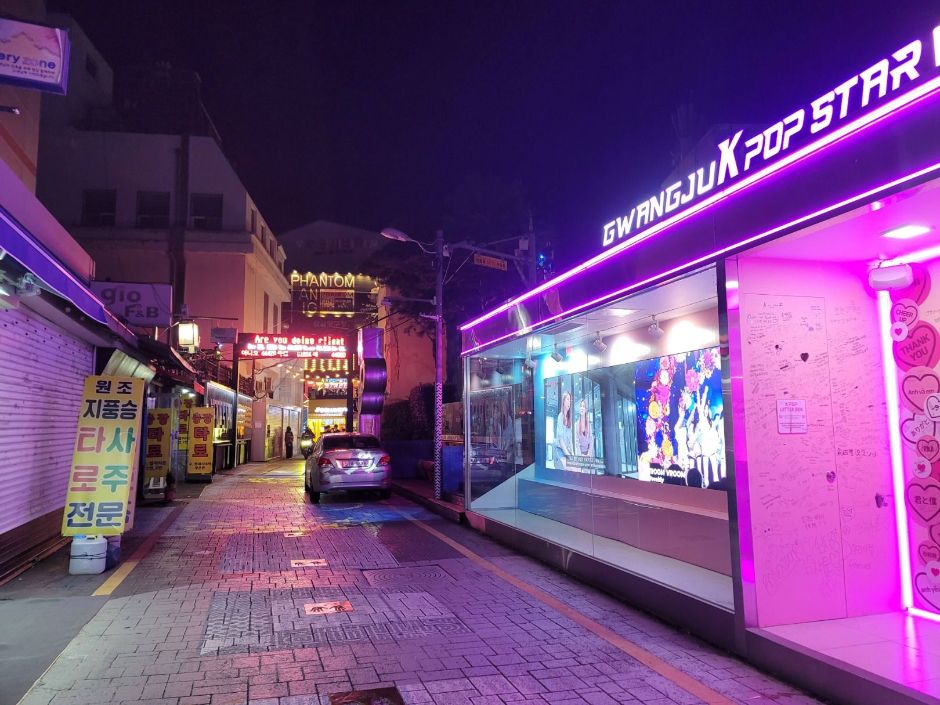
![8 Seconds - Chungjang-ro Branch [Tax Refund Shop] (에잇세컨즈 충장로점)](http://tong.visitkorea.or.kr/cms/resource/88/2886888_image2_1.jpg)
![Olive Young - Gwangju Hwanggeum Branch [Tax Refund Shop] (올리브영 광주황금)](http://tong.visitkorea.or.kr/cms/resource/98/2886898_image2_1.jpg)
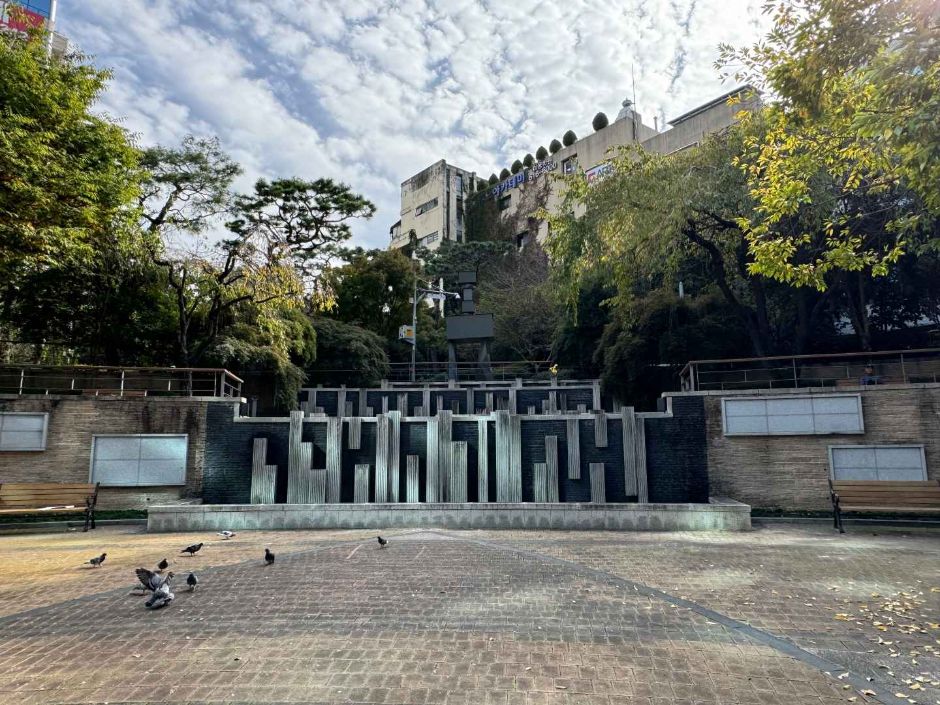
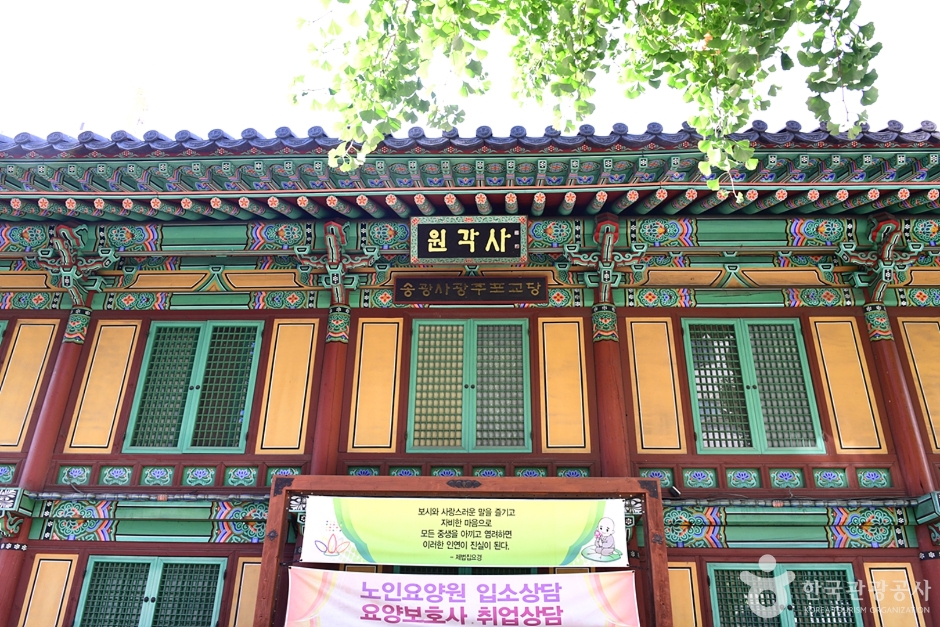
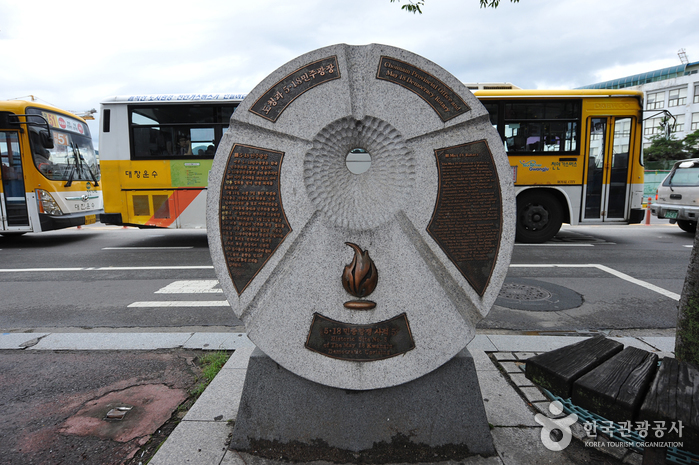
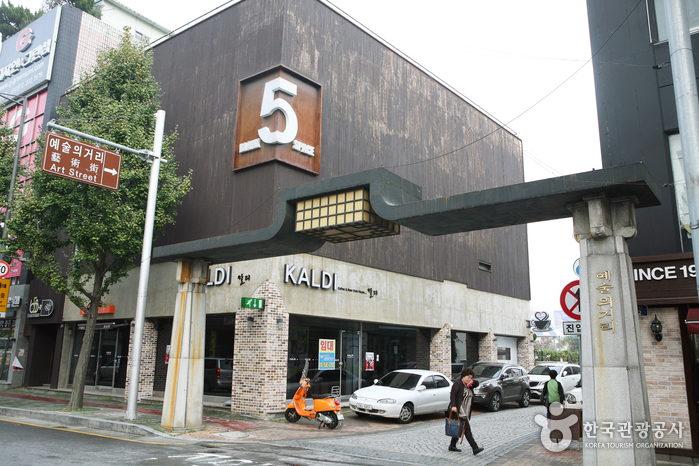
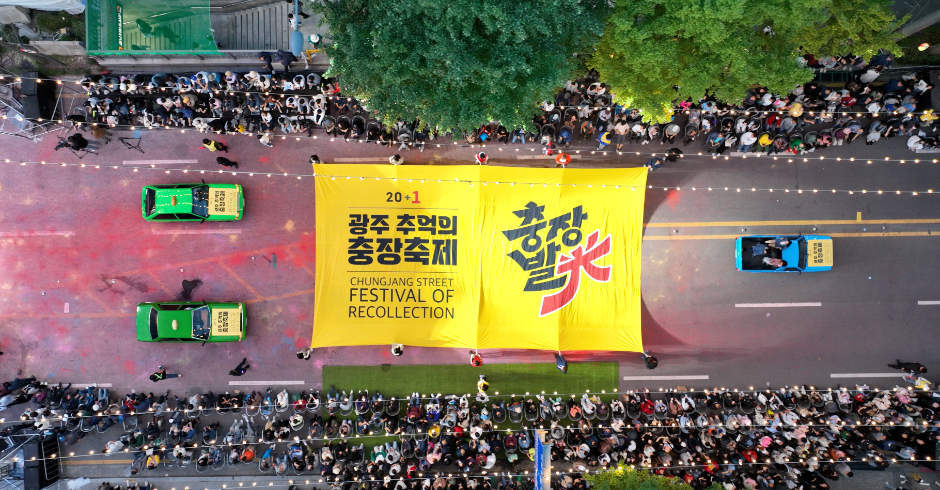

 English
English
 한국어
한국어 日本語
日本語 中文(简体)
中文(简体) Deutsch
Deutsch Français
Français Español
Español Русский
Русский